×
![]()
swath: Instance-to-Instance Comparison Results
| Type: | Instance |
| Submitter: | D. Panton |
| Description: | Model arising from the defense industry, involves planning missions for radar surveillance. John Forrest and Laszlo Ladanyi solved this instance by reformulation in 1999. Alkis Vazacopoulos reports solving this instance using XPRESS 2006B. |
| MIPLIB Entry |
Parent Instance (swath)
All other instances below were be compared against this "query" instance.  |
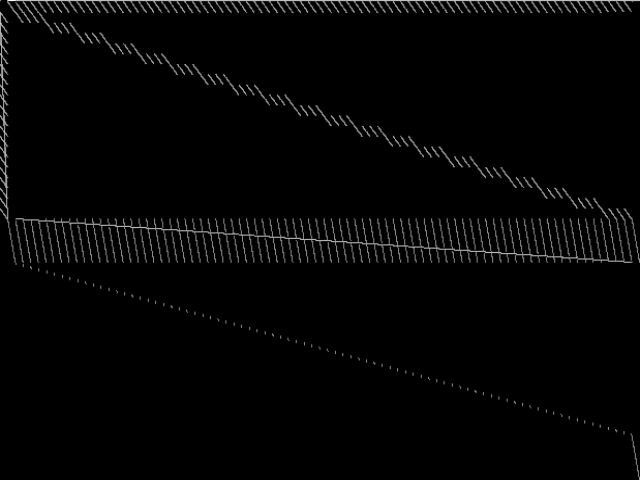 |
 |
 |
 |
 |
|
Raw
This is the CCM image before the decomposition procedure has been applied.
|
Decomposed
This is the CCM image after a decomposition procedure has been applied. This is the image used by the MIC's image-based comparisons for this query instance.
|
Composite of MIC Top 5
Composite of the five decomposed CCM images from the MIC Top 5.
|
Composite of MIPLIB Top 5
Composite of the five decomposed CCM images from the MIPLIB Top 5.
|
Model Group Composite Image
Composite of the decomposed CCM images for every instance in the same model group as this query.
|
MIC Top 5 Instances
These are the 5 decomposed CCM images that are most similar to decomposed CCM image for the the query instance, according to the ISS metric.  |
Decomposed
These decomposed images were created by GCG.
|
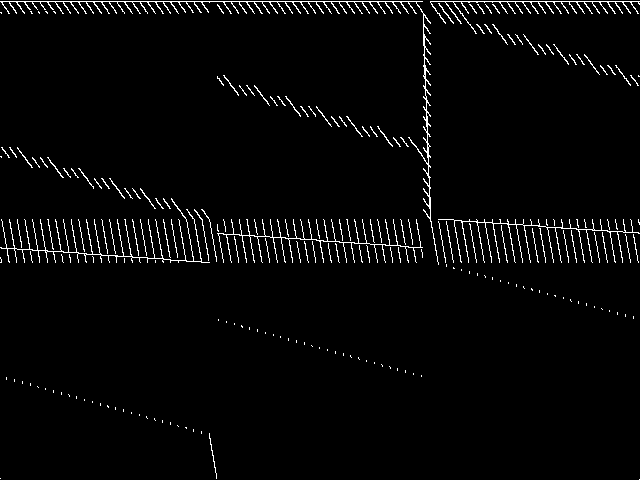 |
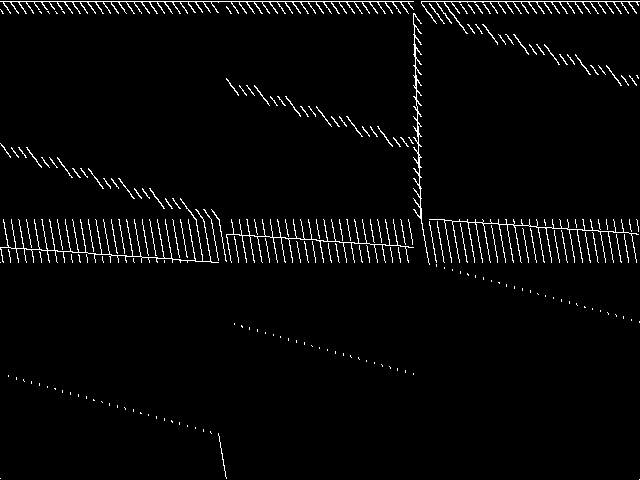 |
 |
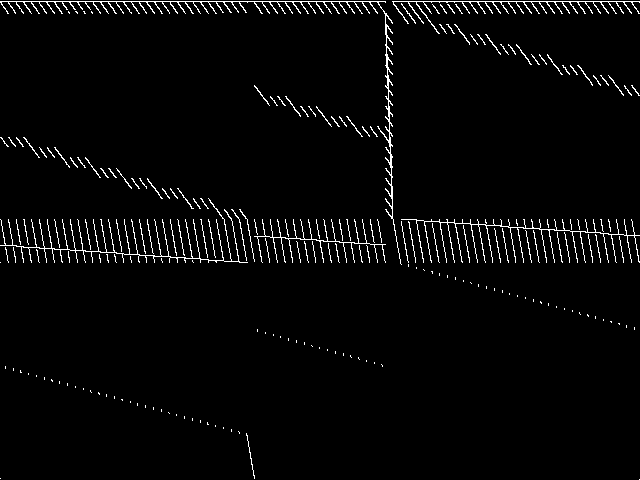 |
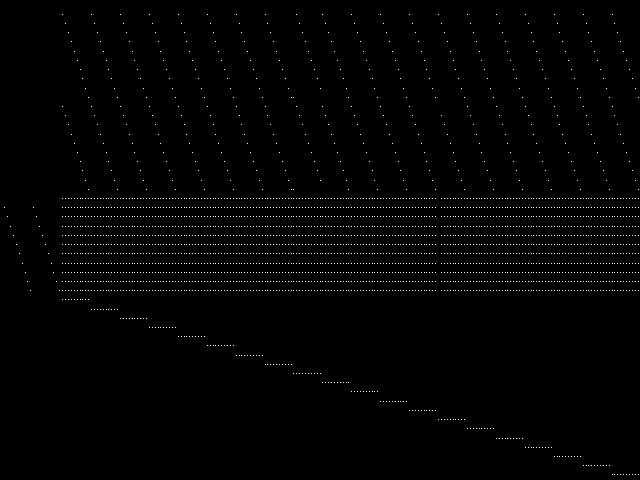 |
| Name | swath1 [MIPLIB] | swath2 [MIPLIB] | neos-848589 [MIPLIB] | swath3 [MIPLIB] | mad [MIPLIB] | |
|
Rank / ISS
The image-based structural similarity (ISS) metric measures the Euclidean distance between the image-based feature vectors for the query instance and all other instances. A smaller ISS value indicates greater similarity.
|
1 / 1.202 | 2 / 1.231 | 3 / 1.321 | 4 / 1.328 | 5 / 1.329 | |
|
Raw
These images represent the CCM images in their raw forms (before any decomposition was applied) for the MIC top 5.
|
 |
 |
 |
 |
 |
MIPLIB Top 5 Instances
These are the 5 instances that are most closely related to the query instance, according to the instance statistic-based similarity measure employed by MIPLIB 2017  |
Decomposed
These decomposed images were created by GCG.
|
 |
 |
 |
 |
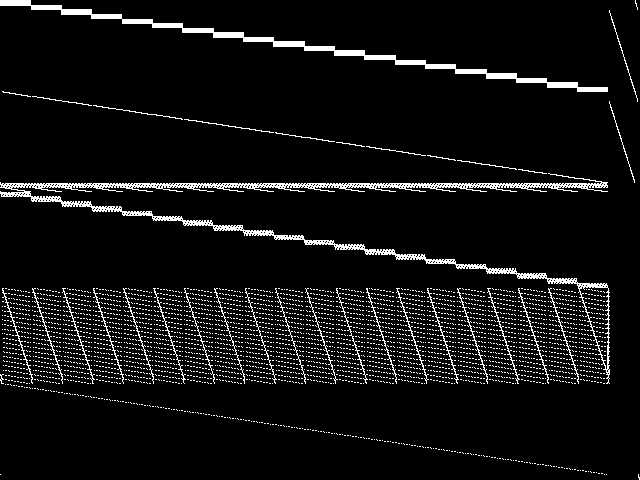 |
| Name | swath1 [MIPLIB] | swath2 [MIPLIB] | swath3 [MIPLIB] | neos-5221106-oparau [MIPLIB] | ns1456591 [MIPLIB] | |
|
Rank / ISS
The image-based structural similarity (ISS) metric measures the Euclidean distance between the image-based feature vectors for the query instance and all model groups. A smaller ISS value indicates greater similarity.
|
1 / 1.202 | 2 / 1.231 | 4 / 1.328 | 169 / 1.771 | 840 / 2.158 | |
|
Raw
These images represent the CCM images in their raw forms (before any decomposition was applied) for the MIPLIB top 5.
|
 |
 |
 |
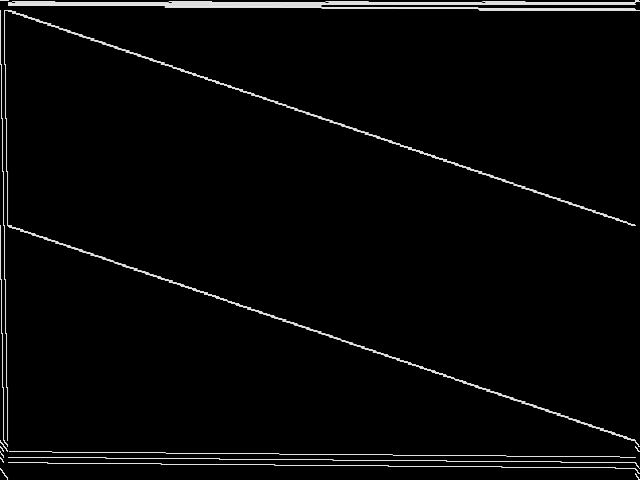 |
 |
Instance Summary
The table below contains summary information for swath, the five most similar instances to swath according to the MIC, and the five most similar instances to swath according to MIPLIB 2017.
| INSTANCE | SUBMITTER | DESCRIPTION | ISS | RANK | |
|---|---|---|---|---|---|
| Parent Instance | swath [MIPLIB] | D. Panton | Model arising from the defense industry, involves planning missions for radar surveillance. John Forrest and Laszlo Ladanyi solved this instance by reformulation in 1999. Alkis Vazacopoulos reports solving this instance using XPRESS 2006B. | 0.000000 | - |
| MIC Top 5 | swath1 [MIPLIB] | D. Panton | Model arising from the defense industry, involves planning missions for radar surveillance. | 1.202000 | 1 |
| swath2 [MIPLIB] | D. Panton | Model arising from the defense industry, involves planning missions for radar surveillance. | 1.230762 | 2 | |
| neos-848589 [MIPLIB] | NEOS Server Submission | Imported from the MIPLIB2010 submissions. | 1.320690 | 3 | |
| swath3 [MIPLIB] | D. Panton | Model arising from the defense industry, involves planning missions for radar surveillance. | 1.327913 | 4 | |
| mad [MIPLIB] | Koichi Fujii | Mean-Absolute Deviation Model for Car Dealerships | 1.328789 | 5 | |
| MIPLIB Top 5 | swath1 [MIPLIB] | D. Panton | Model arising from the defense industry, involves planning missions for radar surveillance. | 1.202000 | 1 |
| swath2 [MIPLIB] | D. Panton | Model arising from the defense industry, involves planning missions for radar surveillance. | 1.230762 | 2 | |
| swath3 [MIPLIB] | D. Panton | Model arising from the defense industry, involves planning missions for radar surveillance. | 1.327913 | 4 | |
| neos-5221106-oparau [MIPLIB] | Hans Mittelmann | Seem to be VRP output from 2-hour runs of Gurobi on 12 threads is included | 1.770591 | 169 | |
| ns1456591 [MIPLIB] | NEOS Server Submission | Instance coming from the NEOS Server with unknown application | 2.158308 | 840 |
swath: Instance-to-Model Comparison Results
| Model Group Assignment from MIPLIB: | swath |
| Assigned Model Group Rank/ISS in the MIC: | 1 / 1.655 |
MIC Top 5 Model Groups
These are the 5 model group composite (MGC) images that are most similar to the decomposed CCM image for the query instance, according to the ISS metric.  |
These are model group composite (MGC) images for the MIC top 5 model groups.
|
 |
 |
 |
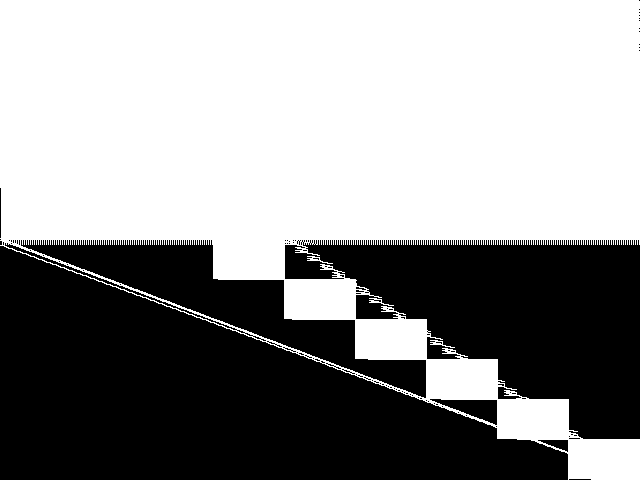 |
 |
| Name | swath | scp | timtab | neos-pseudoapplication-77 | 8div | |
|
Rank / ISS
The image-based structural similarity (ISS) metric measures the Euclidean distance between the image-based feature vectors for the query instance and all other instances. A smaller ISS value indicates greater similarity.
|
1 / 1.656 | 2 / 1.737 | 3 / 1.836 | 4 / 1.861 | 5 / 1.885 |
Model Group Summary
The table below contains summary information for the five most similar model groups to swath according to the MIC.
| MODEL GROUP | SUBMITTER | DESCRIPTION | ISS | RANK | |
|---|---|---|---|---|---|
| MIC Top 5 | swath | D. Panton | Model arising from the defense industry, involves planning missions for radar surveillance. John Forrest and Laszlo Ladanyi solved this model by reformulation in 1999. Alkis Vazacopoulos reports solving this model using XPRESS 2006B. | 1.655859 | 1 |
| scp | Shunji Umetani | This is a random test model generator for SCP using the scheme of the following paper, namely the column cost c[j] are integer randomly generated from [1,100]; every column covers at least one row; and every row is covered by at least two columns. see reference: E. Balas and A. Ho, Set covering algorithms using cutting planes, heuristics, and subgradient optimization: A computational study, Mathematical Programming, 12 (1980), 37-60. We have newly generated Classes I-N with the following parameter values, where each class has five models. We have also generated reduced models by a standard pricing method in the following paper: S. Umetani and M. Yagiura, Relaxation heuristics for the set covering problem, Journal of the Operations Research Society of Japan, 50 (2007), 350-375. You can obtain the model generator program from the following web site. https://sites.google.com/site/shunjiumetani/benchmark | 1.737447 | 2 | |
| timtab | C. Liebchen, R. Möhring | Public transport scheduling problem | 1.835757 | 3 | |
| neos-pseudoapplication-77 | Jeff Linderoth | (None provided) | 1.861471 | 4 | |
| 8div | Sascha Kurz | Projective binary 8-divisible linear block codes A linear block code is called 8-divisible if the weights of its codewords are divisible by 8. It is called projective if there are no duplicate columns in the generator matrix. The possible lengths of 8-divisible linear block codes have been classified except for length n=59, where it is undecided whether such a linear code exists. The possible dimensions satisfy \\(10 \\le k \\le 20\\). Model 8div_n59_kXX contains the corresponding feasibility problem. Projective binary 8-divisible linear block codes occur as hole configurations of so-called partial solid spreads in finite geometry. Binary 4-divisible linear block codes have applications in physics. | 1.885386 | 5 |

